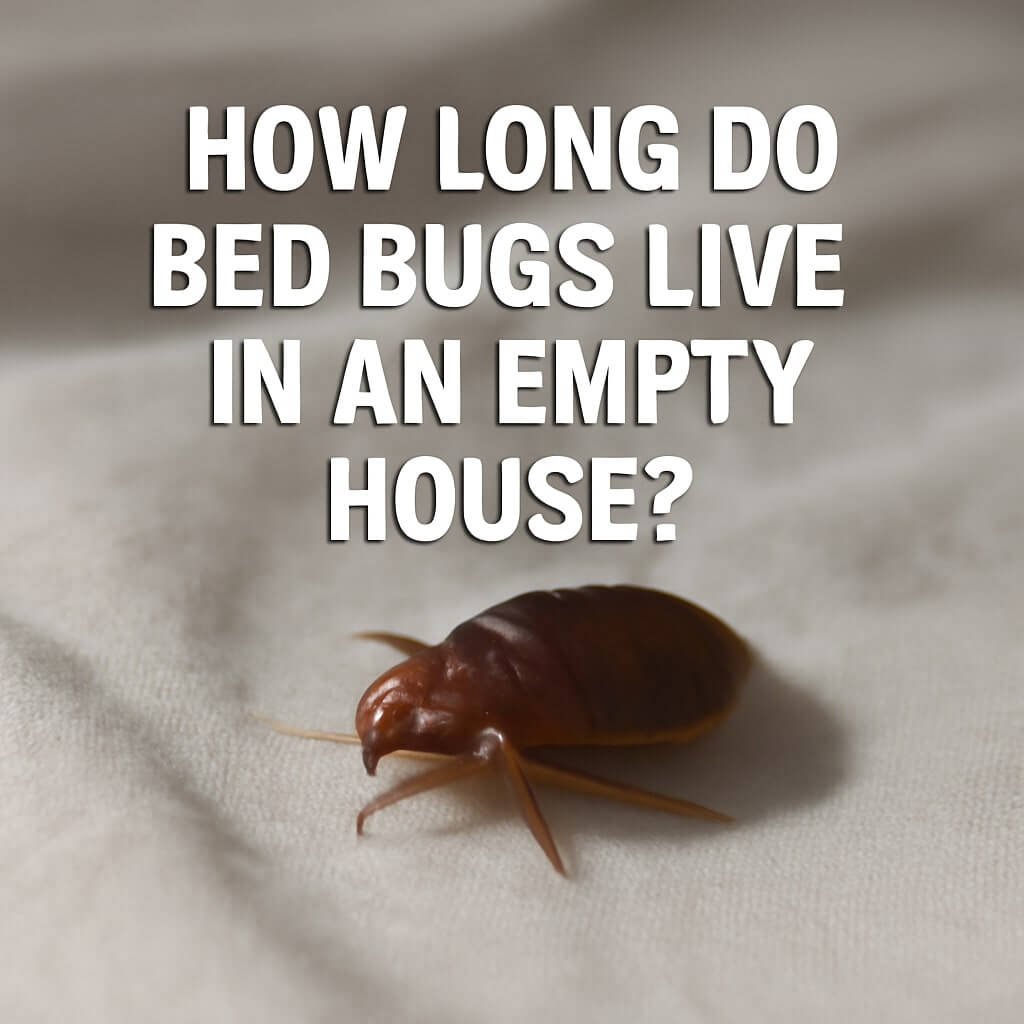Thrips can be a frustrating indoor pest, causing damage to your houseplants and sometimes even affecting your comfort at home. If you’re dealing with these tiny, slender insects fluttering around your plants or windowsills, it’s important to act quickly to prevent an infestation from growing. This guide will walk you through how to get rid of thrips inside the house using proven methods that are effective and safe.
What Are Thrips?
Thrips are minute insects, usually less than 1/16 inch long, with slender bodies and fringed wings. They feed by piercing plant cells and sucking out their contents, leading to silvery or speckled damage on leaves, buds, and flowers. Although thrips are mostly outdoor pests, they can invade homes, especially if you bring in infested plants or if they enter through open doors and windows.
Their presence indoors can be detrimental to houseplants and gardens, and may irritate sensitive individuals.
Signs of Thrips Infestation Indoors
Visible Damage on Plants
One of the first clues of thrips inside your home is visible damage on your plants. Leaves may develop silvery streaks or speckled patches, and flowers can become deformed or discolored. Over time, plants may appear wilted or stunted.
Spotting the Insects
Thrips are tiny and can be hard to spot, but you might notice small black dots (their droppings) or see the insects moving when you disturb the plant. Using a flashlight or magnifying glass helps identify these pests on leaves and stems.
Common Causes of Thrips Inside Homes
Bringing Infested Plants Inside
Often, thrips hitch a ride on new plants brought indoors. Without a proper inspection, these pests can quickly spread to other plants in your home.
Open Doors and Windows
Thrips can fly or be carried indoors through open doors and windows, especially during warmer months when their populations increase outdoors.
Preventive Measures to Keep Thrips Out
Inspecting New Plants
Before introducing new plants to your home, check the undersides of leaves, stems, and buds for thrips or their damage. Quarantine new plants for a week to monitor any signs of pests.
Sealing Entry Points
Seal cracks, gaps, and screen holes on windows and doors to minimize the chances of thrips entering your living space.
Natural Ways to Get Rid of Thrips Indoors
Neem Oil Spray
Neem oil disrupts the life cycle of thrips, reducing their numbers effectively. Mix neem oil with water and a few drops of dish soap, then spray the affected plants thoroughly, focusing on the undersides of leaves.
Insecticidal Soap
Insecticidal soaps are safe for indoor use and kill thrips on contact. Spray plants regularly until the infestation is controlled.
Homemade Garlic and Chili Spray
A DIY solution using garlic and chili peppers can deter thrips. Blend garlic cloves and chili peppers with water, strain, and spray on plants weekly.
Chemical Treatments for Thrips Control
Choosing the Right Pesticide
If natural remedies don’t work, select a pesticide labeled for indoor use and effective against thrips. Always follow the manufacturer’s instructions.
Safety Precautions
When using chemicals indoors, ensure good ventilation, wear protective gear, and keep pets and children away during application.
Using Beneficial Insects for Thrips Control
Predatory Mites and Ladybugs
Introducing predatory mites or ladybugs indoors can help control thrips naturally. These beneficial insects feed on thrips and reduce their population without harmful chemicals.
Cleaning and Maintenance Tips
Regular Plant Care
Remove damaged leaves and debris from plants, prune affected areas, and keep plants healthy to resist infestations.
Vacuuming and Dusting
Vacuum around plants, window sills, and furniture to remove eggs and larvae. Dust regularly to prevent pests from settling.
When to Call a Professional Pest Control Service
If the infestation persists despite your efforts, or if thrips are spreading rapidly, it’s wise to call a professional. Experts can provide targeted treatments safely and effectively.
Frequently Asked Questions (FAQs)
While rare, some species may cause minor skin irritation, but they are not dangerous to humans or pets.
With consistent treatment (washing, spraying, trapping), a minor infestation can be controlled within 2–4 weeks.
Neem oil and insecticidal soap are effective, non-toxic solutions ideal for indoor use.
Yes, thrips can lay eggs in soil. Replacing or sterilizing the top layer of soil may help in severe infestations.
Thrips reproduce quickly, and without complete elimination of adults and eggs, re-infestation can happen. Continuous monitoring and treatment are essential.
Conclusion: Keep Your Home Thrips-Free
Thrips can be a nuisance indoors, but with careful inspection, preventive steps, and a combination of natural or chemical treatments, you can regain control. Regular maintenance and vigilance are key to keeping your home and plants thrips-free.




